Use this 13-slide teaching presentation to teach your students about the physical characteristics of animals and plants, which help them meet their basic needs.
What do Living Things Need to Survive?
What do plants and animals have in common? They all have basic needs that need to be met in order to survive! These needs include air, water, nutrients/food, sunlight, and a place to live and grow. With this presentation, students will learn about certain factors, such as adaptations, that help animals survive in a particular environment.
In the presentation, students will learn about structural adaptations that:
- allow animals to breathe
- give animals the ability to blend in with their environment
- deter predators
- gather food
Students will also learn about a special process (photosynthesis) that plants carry out in order to survive.
How to Use Our Teaching Presentation in Your Classroom
A team of dedicated, experienced educators created this resource to support your science lessons.
🧑🏫 Group Lesson
Project the slides onto a screen and work through them as a class by having students record their answers in their notebooks or mini whiteboards.
🗣️ Turn & Talk
Invite students to pair up with someone in the seat nearest to them for a 5-minute Turn & Talk. Keep students engaged and on task by directing them to focus on a specific topic, or let them freely discuss the content. Use this Turn & Talk session to encourage students to make space for each other by actively listening, asking questions, and practicing empathy.
Plan lessons for all ability levels with our 10 Best Scaffolding Strategies!
Easily Prepare This Resource for Your Students
Use the Download button to access the editable Google Slides version of this resource.
This resource was created by Melissa McLaren, a teacher in Massachusetts and Teach Starter Collaborator.
Don’t stop there! We’ve got more activities and resources that cut down on lesson planning time:
[resource:4819131] [resource:4823125] [resource:4819471]
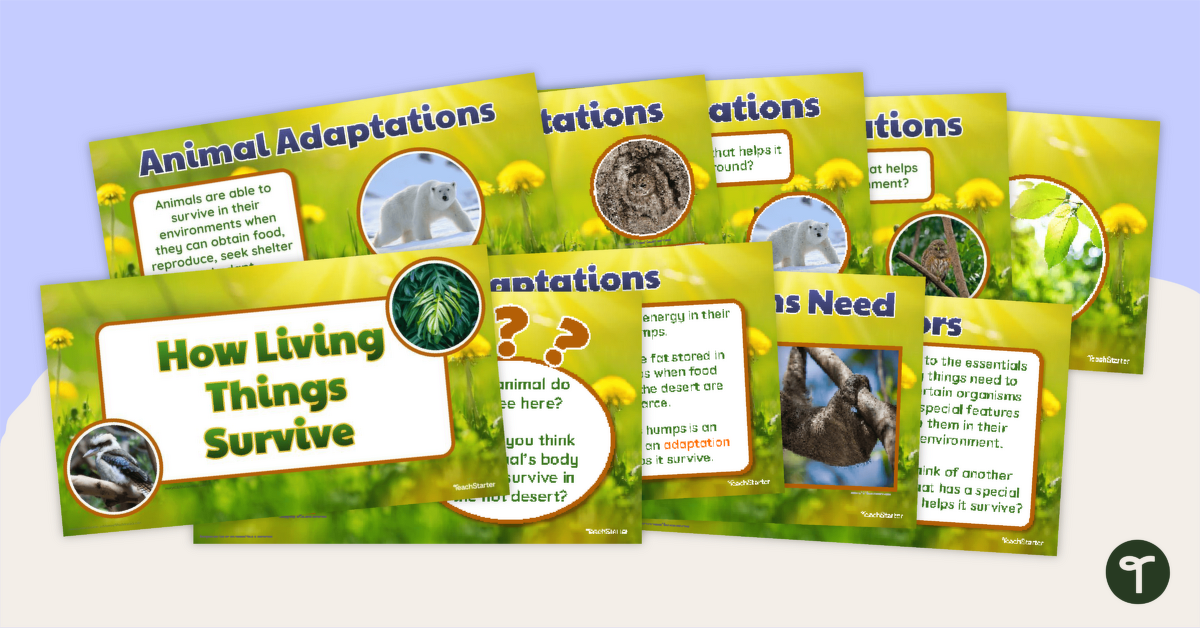

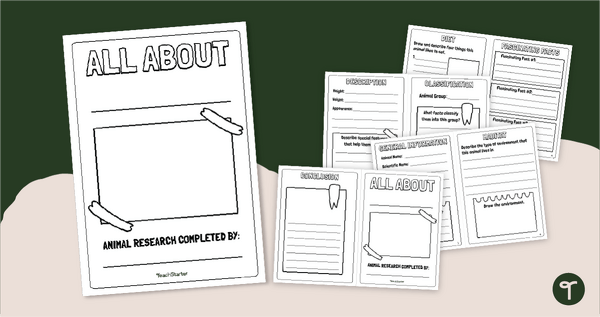
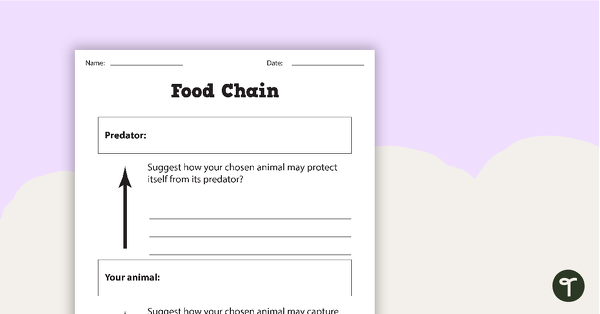
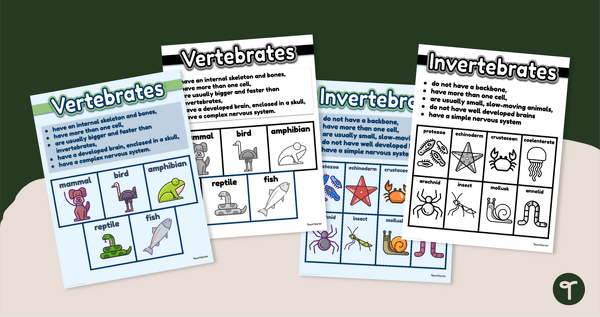
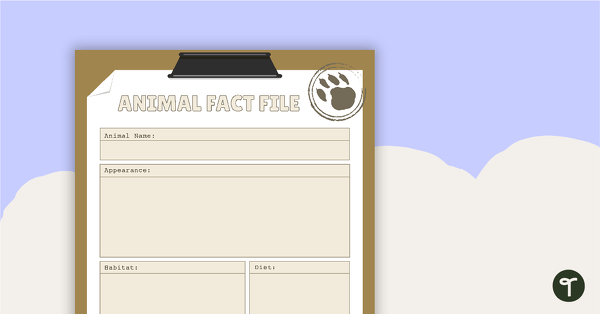
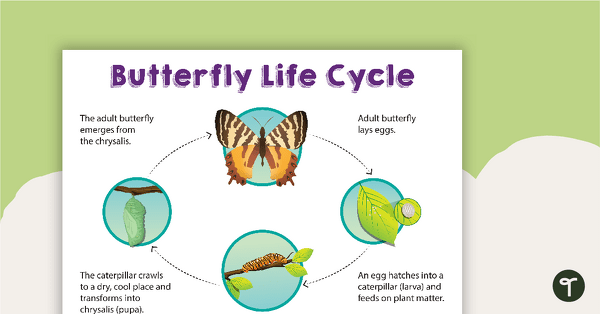
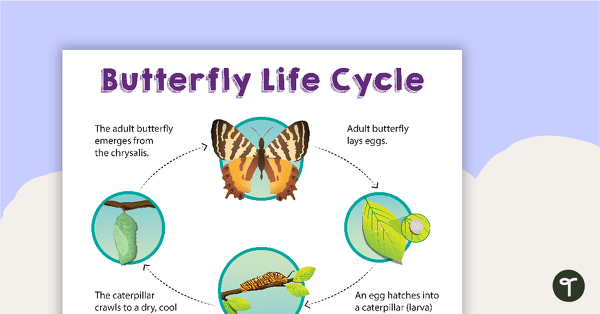
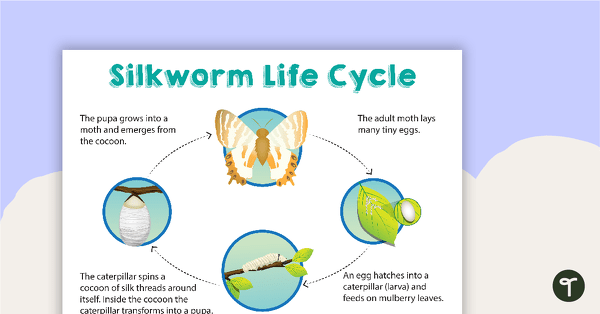
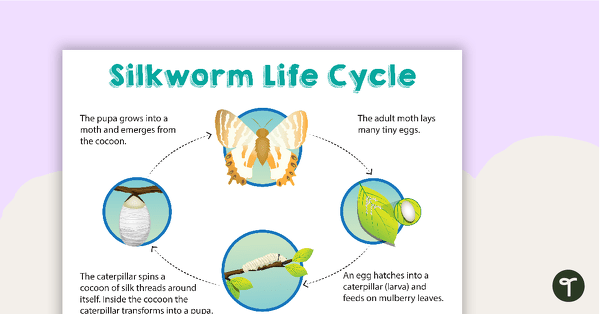
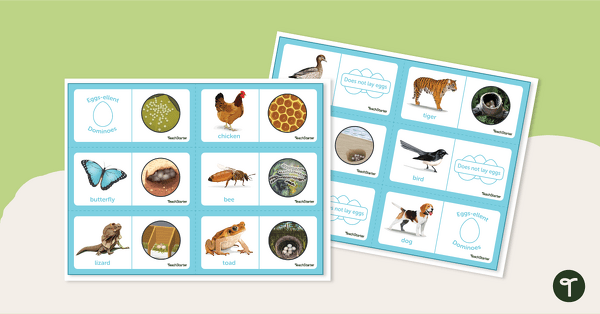
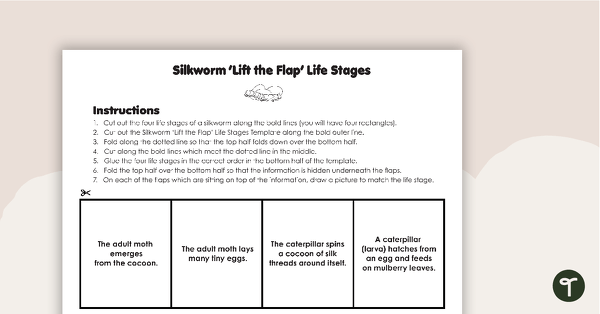
0 Comments
Write a review to help other teachers and parents like yourself. If you'd like to request a change to this resource, or report an error, select the corresponding tab above.